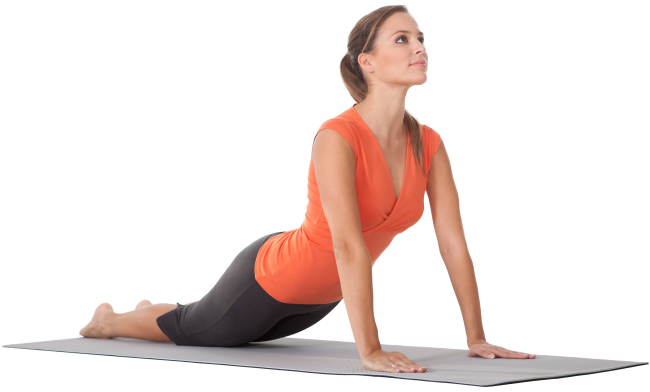
Yoga
What is yoga?
Yoga is an ancient form of exercise for body and mind. It aims to improve strength, flexibility and breathing through a series of postures and movements. It is a whole body philosophy that started over 5,000 years ago in India.
Yoga aims to create harmony between your mind, body and spirit to help you feel calmer. It is promoted as a way of staying healthy and preventing illness.
There are about 80 main postures that you can do standing, kneeling, sitting or lying down. There are several different styles of yoga including: Hatha, Iyengar and Ashtanga yoga.
Some forms of yoga are quite strenuous, while others are gentler and focus more on meditation and breath work.
Yoga teachers claim the postures:
- stimulate your nervous system
- make your muscles and joints more flexible
- relax your mind and body
Yoga therapy.
Yoga therapy may be defined as the application of Yogic principles to a particular person with the objective of achieving a particular spiritual, psychological, or physiological goal. The means employed are comprised of intelligently conceived steps that include but are not limited to the components of Ashtânga Yoga, which includes the educational teachings of yama, niyama, âsana, prânâyâma, pratyâhâra, dhâranâ, dhyâna, and samâdhi. Also included are the application of meditation, textual study, spiritual or psychological counseling, chanting, imagery, prayer, and ritual to meet the needs of the individual. Yoga therapy respects individual differences in age, culture, religion, philosophy, occupation, and mental and physical health. The knowledgeable and competent yogin or yoginî applies Yoga Therapy according to the period, the place, and the practitioner’s age, strength, and activities.
What it involves
A yoga session usually lasts between 60 and 90 minutes. You can attend group classes or see a private teacher.
What it involves will depend on the style of yoga you choose. But you will usually do a series of postures and breath work, which will end with some relaxation time.
Wear clothing that you find easy to move and stretch in.
You usually need a non slip mat. Your teacher might provide these or you can bring your own.
You should only practise yoga on your own at home after you have learnt the safe and proper way to do the postures. You could injure yourself if you don’t do them correctly.
Side effects and precautions
Yoga is generally very safe if you do it properly, under instruction from a qualified teacher.
Qualified teachers usually recommend the following safety measures.
- Allow at least 2 hours after eating before doing yoga.
- Don’t do yoga alone at home until you’ve practised it with a qualified teacher.
- Tell your teacher about any medical problems you have, including back and joint problems, before you begin.
- Stop and tell your teacher if any posture is painful for you.
- Never try difficult postures, such as head and shoulder stands, without first being shown how to do this by a qualified teacher.
- Women who are pregnant, or have their period, shouldn’t practice certain postures (your teacher will advise you about which these are).
- Drink plenty of water after every class.

